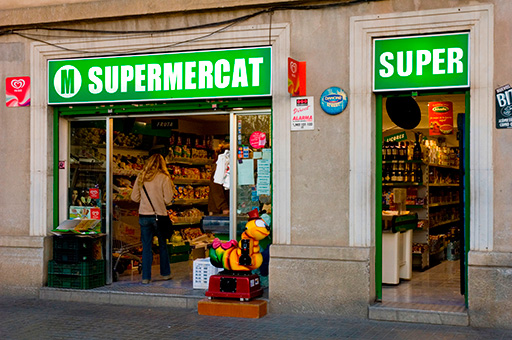5 Examples of different businesses
In this section you will look at some examples of businesses and consider how the different categories of business introduced earlier apply to them.
Example of a small, family-owned, private limited company: Merrythought Teddybears
Merrythought is a business that makes teddy bears, located in Ironbridge, Shropshire, in the United Kingdom. The business was founded in 1930 by Gordon Holmes. It is a private limited company, still owned by the Holmes family and is currently run by Gordon Holmes’s great-granddaughters, Sarah and Hannah Holmes.
The business has approximately 25 employees and does all its manufacturing in England. It makes a large number of different styles of teddy bears, ranging from ‘traditional’ British bears, to special occasion bears (for example Merrythought provided the official commemorative bears for the 2012 London Olympics) and various ‘novelty’ bears. Merrythought bears are sold all over the world and there is a particularly thriving export market in Japan, where they have a ‘cult’ following. Antique bears and limited edition bears are collectors’ items and there are even Merrythought collector clubs and events.
Example of a large, shareholder-owned, public limited company: Reliance Industries Ltd
Reliance Industries Limited (RIL) is a conglomerate holding company with headquarters in Mumbai, India. It is the largest private sector business in India and operates in five major industry sectors: exploration and production, refining and marketing, petrochemicals, retail and telecommunications.
The business was founded in 1960 by Dhirubhai Ambani together with his cousin Champaklal Damani. In 1966 it was transformed into a public limited company. The business started out as a manufacturer of man-made fibres and textiles and later moved into telecommunications, and subsequently natural gas and mineral oil exploitation, and retail, as well as petrochemicals. There is a very large group of shareholders but over 40% of the shares remain in the hands of the founding family. The business has over 20,000 employees worldwide and an annual turnover of over 28 billion US dollars.
Example of a large, family-owned, private limited company: Mercadona supermarkets
Mercadona is a Spanish supermarket chain, which employs over 74,000 people in total. In 2014 it had 1499 supermarkets all over Spain. It was founded in 1977 by married couple Francisco Roig Ballester and Trinidad Alfonso Mocholi as a small butcher’s shop and is still owned by the family.
Mercadona competes successfully against international supermarket chains operating in Spain by keeping its prices low through long-term contracts with suppliers, little paid advertising and reduced packaging, and by increasing productivity through extensive employee training. It is now the largest Spanish food retailer by sales.
Activity 2 Classifying the example businesses
After having read through the three examples of businesses above, think about each one’s size, industry and ownership structure. For each example, answer the following questions:
- Is this a large, medium-sized, small or microbusiness?
- What would you say is the industry to which the business belongs?
- What does the example tell you about the ownership structure of the business?
Discussion
The three examples above are very different businesses, situated in different countries, in very different industries, of different sizes and ownership. They include two large enterprises and one small firm. Of the two large enterprises, one is a public limited company, traded on the stock market, and the other is family owned. The small firm is also family owned. Two of the businesses are manufacturing companies (although Reliance is also a significant service provider to other organisations) and one is a retail services business. You may also have noticed that two of the businesses (Merrythought and Mercadona) sell directly to consumers, whereas Reliance sells to other businesses and other large organisations.
You should now have a basic idea of the diversity of businesses and some of the key differences between businesses in terms of size, industry and ownership. In the next section, you will look at another example, a short case study of a German company called Schaefer Kalk.

